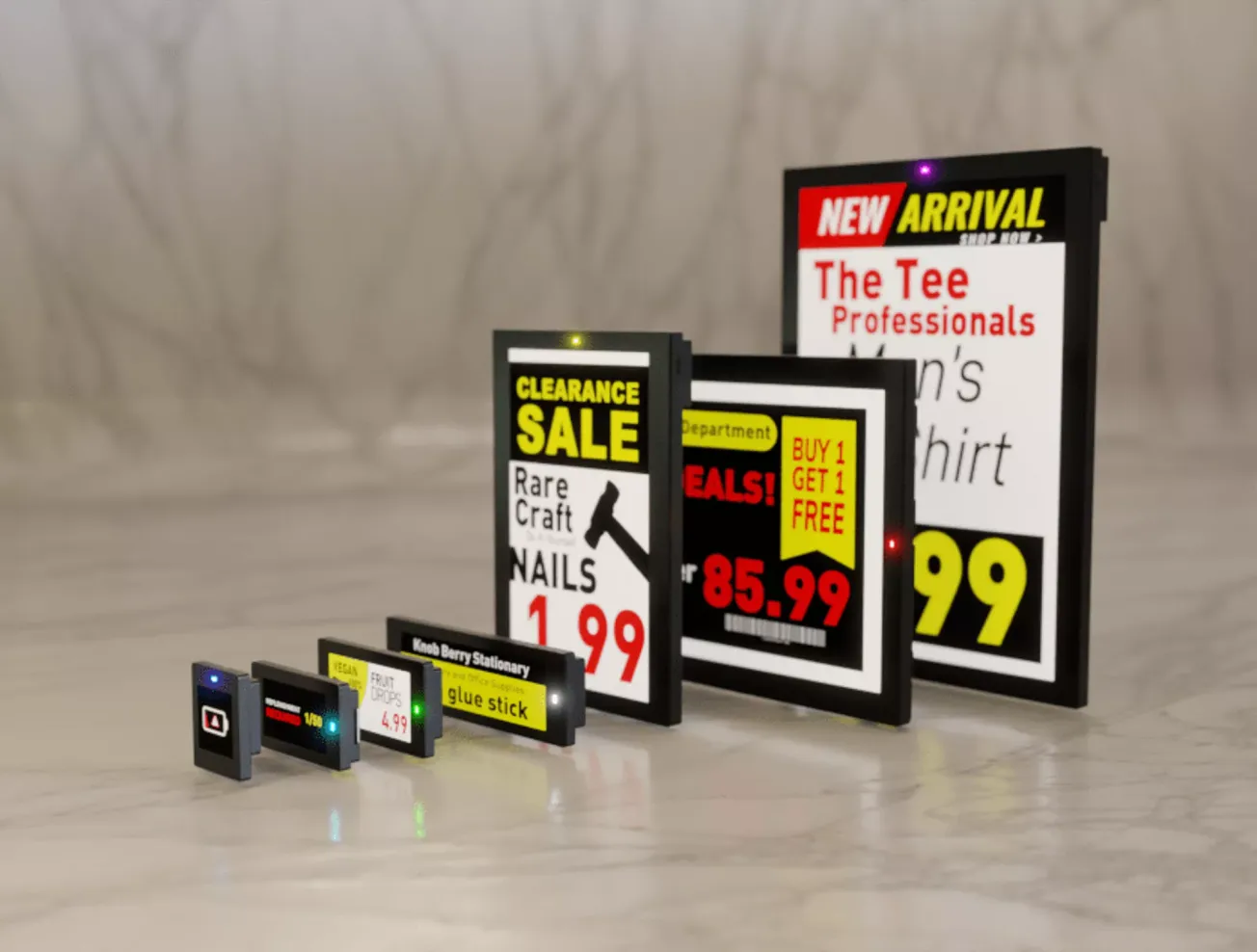LYON, France — The management of Carrefour SA unveiled a detailed program to revitalize its limping hypermarkets in western Europe at a special Investors’ Day here last month.
The management of Carrefour SA unveiled a detailed program to revitalize its limping hypermarkets in western Europe at a special Investors’ Day here last month.
Chief executive officer Lars Olofsson and other senior executives described the rollout of a new generation of stores, dubbed Carrefour Planet, intended to create a new kind of shopping experience and lure back jaded consumers.
Reinventing the hypermarket, a format that Carrefour created in 1963, was identified by management last June as one of seven strategic initiatives of a transformation plan for the world’s second-largest retailer (behind Walmart). Olofsson pointed to progress made in reducing costs, slashing inventories, achieving procurement savings and improving market share.
But turning around the performance of Carrefour’s 500 hypermarkets in France, Spain, Belgium, Italy and Greece clearly remains a key priority, since they contribute about 40% of the company’s top line. Customer traffic at the big stores is down 0.8%, shopping frequency has fallen 2.3% and sales per square meter have declined 1.7%.
"The problem is that clients are not excited by us," said Olofsson. "They’re either coming to us less often or shopping at supermarkets. The hypermarket hasn’t changed significantly since Carrefour invented it 47 years ago, but consumers have."
Over the past year Carrefour has surveyed 50,000 consumers to probe their feelings about the company’s flagship format. The company found that hypermarket prices were viewed as little better than those at supermarkets, while the shopping experience was criticized as boring and inconvenient.
Over the past several months Carrefour has operated five pilot stores that incorporate the changes representing the format’s reinvention. The stores are located at El Pinar and Alcobendas in Spain, Ecully and Vénissieux in France, and Mt. St. Jean in Belgium.
The new stores are intended to achieve three goals. The first is to delight customers with more spacious, customer-friendly store environments featuring wider aisles, lower shelves, and new lighting, fixturing, color treatments and signage.
The stores are now organized around these key specialty departments: fresh produce, organic food, frozen food, beauty care, baby care, fashion, home, multimedia and leisure.
New personal services such as a nursery, cooking classes and snacking areas are further intended to enhance the shopper experience, while boredom will be banished by special events held in a dedicated 20,000-square-foot area at the front of the seasonal department, with the goal of creating a “new store every 10 days.”
Finally, pricing is being revised to be more consistently competitive with fewer but bigger promotions. In the nonfood departments the retailer is expanding profitable categories and eliminating or downsizing unprofitable businesses.
Carrefour is looking to invest about 1.5 billion euros ($2 billion) to convert or remodel all 500 hypermarkets by early 2013. The company expects to generate incremental sales growth of about 18% over the years 2010 to 2015, with “significant improvement” in its margins.
Olofsson noted that Carrefour thus far is on track to reach the 2012 goals declared last June of reducing costs by 2.1 billion euros, achieving procurement savings of 1 billion euros and reducing inventories by seven days.
The combined transformational initiatives are expected to achieve total sales (excluding gasoline) of 105 billion euros by 2013 and 120 billion euros in 2015, up from 79 billion euros last year.
The initial results from the pilot stores have been highly favorable, executives emphasized, with sales and customer counts more than doubling year-over-year in several of the key departments. In addition, customer feedback has been positive, with 94% of those polled saying that the changes made them want to come back to the store and 85% expressing a preference for the new Carrefour over other food retailers.
"After inventing the hypermarket in the 1960s, Carrefour is today creating an entirely new shopping experience with the launch of Carrefour Planet," said Olofsson. "Over the next five years Carrefour expects a sharp improvement in revenue and profitability, thanks to additional sales from its reinvented stores, strong footprint in key growth markets and significant savings from efficiency gains."





